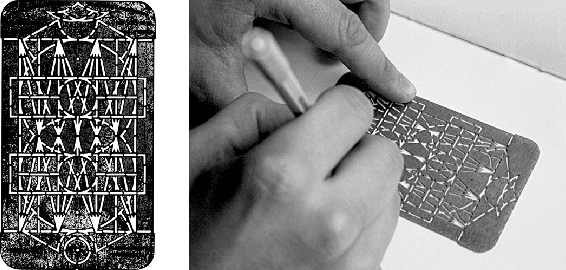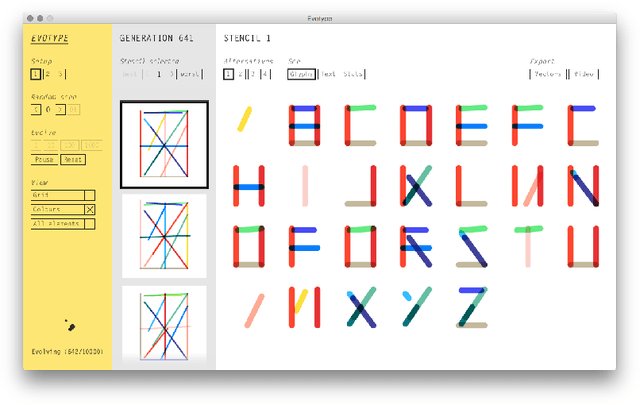Ernesto Costa
SPENSER: Towards a NeuroEvolutionary Approach for Convolutional Spiking Neural Networks
May 18, 2023Abstract:Spiking Neural Networks (SNNs) have attracted recent interest due to their energy efficiency and biological plausibility. However, the performance of SNNs still lags behind traditional Artificial Neural Networks (ANNs), as there is no consensus on the best learning algorithm for SNNs. Best-performing SNNs are based on ANN to SNN conversion or learning with spike-based backpropagation through surrogate gradients. The focus of recent research has been on developing and testing different learning strategies, with hand-tailored architectures and parameter tuning. Neuroevolution (NE), has proven successful as a way to automatically design ANNs and tune parameters, but its applications to SNNs are still at an early stage. DENSER is a NE framework for the automatic design and parametrization of ANNs, based on the principles of Genetic Algorithms (GA) and Structured Grammatical Evolution (SGE). In this paper, we propose SPENSER, a NE framework for SNN generation based on DENSER, for image classification on the MNIST and Fashion-MNIST datasets. SPENSER generates competitive performing networks with a test accuracy of 99.42% and 91.65% respectively.
Propheticus: Generalizable Machine Learning Framework
Sep 06, 2018Abstract:Due to recent technological developments, Machine Learning (ML), a subfield of Artificial Intelligence (AI), has been successfully used to process and extract knowledge from a variety of complex problems. However, a thorough ML approach is complex and highly dependent on the problem at hand. Additionally, implementing the logic required to execute the experiments is no small nor trivial deed, consequentially increasing the probability of faulty code which can compromise the results. Propheticus is a data-driven framework which results of the need for a tool that abstracts some of the inherent complexity of ML, whilst being easy to understand and use, as well as to adapt and expand to assist the user's specific needs. Propheticus systematizes and enforces various complex concepts of an ML experiment workflow, taking into account the nature of both the problem and the data. It contains functionalities to execute all the different tasks, from data preprocessing, to results analysis and comparison. Notwithstanding, it can be fairly easily adapted to different problems due to its flexible architecture, and customized as needed to address the user's needs.
Evotype: Towards the Evolution of Type Stencils
Jun 26, 2018



Abstract:Typefaces are an essential resource employed by graphic designers. The increasing demand for innovative type design work increases the need for good technological means to assist the designer in the creation of a typeface. We present an evolutionary computation approach for the generation of type stencils to draw coherent glyphs for different characters. The proposed system employs a Genetic Algorithm to evolve populations of type stencils. The evaluation of each candidate stencil uses a hill climbing algorithm to search the best configurations to draw the target glyphs. We study the interplay between legibility, coherence and expressiveness, and show how our framework can be used in practice.
 Add to Chrome
Add to Chrome Add to Firefox
Add to Firefox Add to Edge
Add to Edge